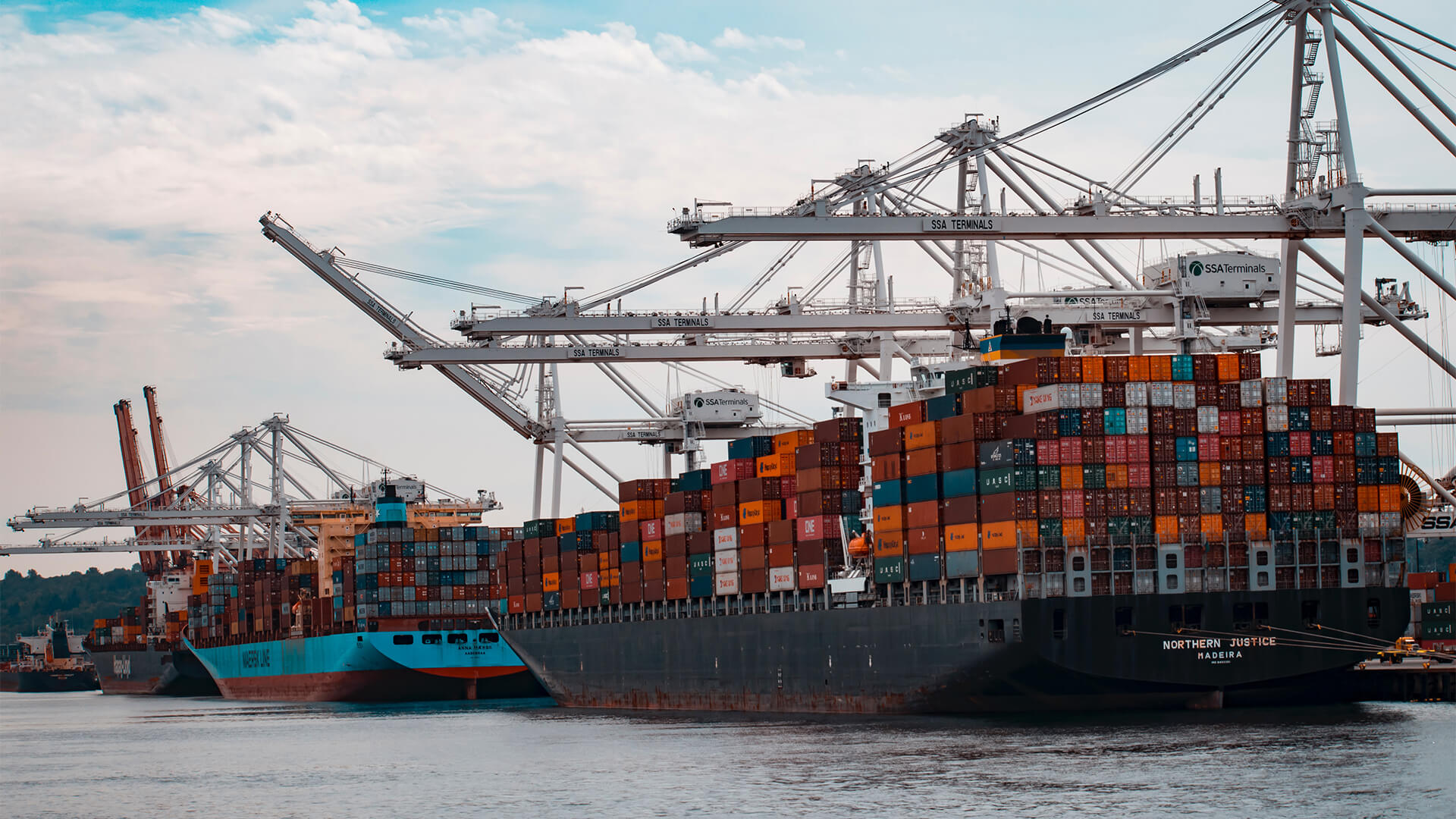Based on PSA data, the trade gap ballooned to $5.74 billion in January
The country’s trade deficit widened by 27 percent as imports continued to outpace exports in January, according to the Philippine Statistics Authority (PSA).
Based on PSA data, the trade gap ballooned to $5.74 billion in January, the biggest since the record-high monthly deficit of $6.02 billion in August last year.
The latest trade shortfall was 27.2 percent wider than the previous year’s deficit of $4.51 billion and was also 11.9 percent higher than the $4.50 billion in December 2022.
The country’s merchandise exports amounted to $5.23 billion in January, 9.8 percent lower than the $5.80 billion in December last year, and down by 13.5 percent from $6.05 billion in January 2022.
Rizal Commercial Banking Corp. chief economist Michael Ricafort said exports declined ‘in view of global economic headwinds brought about by higher prices or inflation, interest rates that increased borrowing costs or financing costs, (and) risk of economic slowdown or recession in the US, which is the world’s largest economy and among the country’s biggest export markets.’
Of the top 10 major commodity groups in terms of exports value, the PSA said six posted declines in January this year from a year ago. These are coconut oil, which fell by 39.1 percent; cathodes and sections of cathodes, of refined copper by 39 percent; metal components by 19.8 percent; electronic products by 19.2 percent; chemicals by 14.6 percent, and other manufactured goods by 11.9 percent.
Japan accounted for the biggest share of the country’s total exports in January this year with a 16.6 percent share amounting to $866.25 million.
Other major export trading partners of the country in January were the US with $738.26 million or 14.1 percent share, China with $666.99 million or 12.7 percent share, Hong Kong with $530.16 million or 10.1 percent share, and Singapore with $318.47 million or 6.1 percent share.
Imports, on the other hand, reached $10.97 billion in January, 6.5 percent higher than the $10.30 billion in December last year, and up by 3.9 percent from $10.56 billion in January 2022.
Ricafort said imports of certain goods increased as the economy further reopened toward greater normalcy and due to possible pent-up demand.
‘Higher imports could also be due to some pick-up in the prices of global commodities during the month after China reopened its economy from COVID restrictions since December 2022, which led to some upward correction or pick-up in some global commodity prices since China is the world’s biggest importer of oil and other major global commodities,’ he said.
The PSA said seven of the top 10 major commodity groups increased year-on-year in January.
These are metalliferous ores and metal scrap, which rose by 333.5 percent; mineral fuels, lubricants and related materials by 70.6 percent; telecommunication equipment and electrical machinery by 15.2 percent; other food and live animals by 6.4 percent; transport equipment by 3.7 percent; industrial machinery and equipment by 3.4 percent, and miscellaneous manufactured articles by 2.2 percent.
China was the country’s biggest supplier of imported goods with the value at $2.32 billion or 21.1 percent of the total imports in January 2023.
Other major sources of the country’s imports in January this year were Indonesia with $1.16 billion or 10.6 percent share; Japan with $958.70 million or 8.7 percent; South Korea with $866.19 million or 7.9 percent; and the US with $696.99 million or 6.4 percent.
The country’s total external trade in goods amounted to $16.20 billion in January this year, down by 2.4 percent from the $16.60 billion in the same month last year, but was slightly higher than the $16.10 billion in December 2022.

Recognising excellence across the Asian Pacific.
Nominate now ➜
Read the latest and past issues of APAC Insider.
Explore issues ➜
Find out how we can help your business grow.
Find out more ➜




















